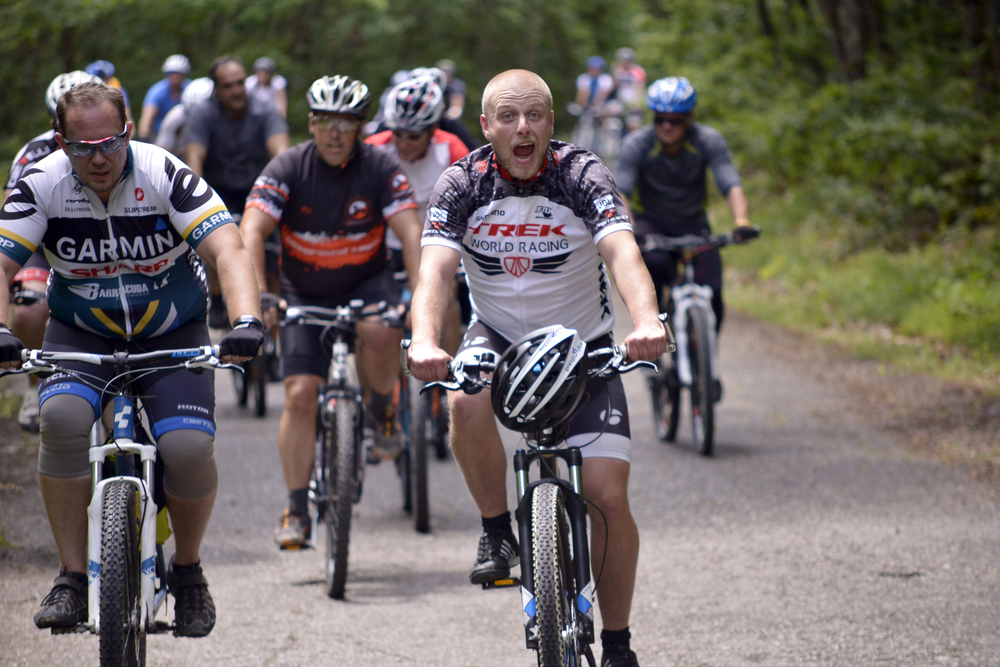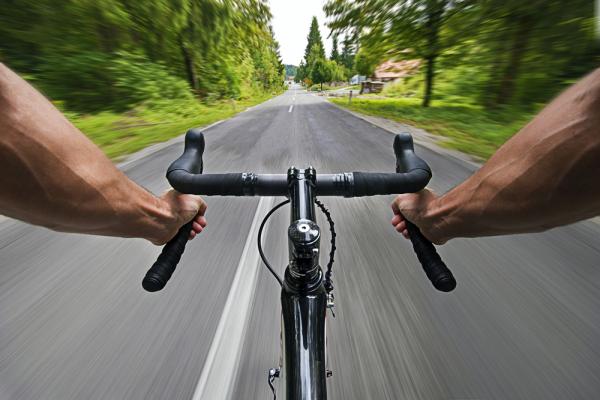When the number of subjects in your study is one, one thing is for certain – the conclusions reached cannot be applied to the masses. Yet, in rare instances, doing research on a lone individual can be insightful in other ways.
This is the case with an extremely unique athlete: Robert Marchand, a 105-year-old cyclist who captured the imagination of longevity lovers and fitness buffs everywhere.
The 5-foot Frenchman created a world record for his age group by completing an indoor ride of more than 14 miles in one hour, a feat that we wrote about last month. It's a new record largely because, of course, not many folks his age can cycle anywhere near that far – if they can ride a bicycle at all. So since his situation is so special, it's impossible to apply any findings about his training, or exercise regime or diet to others seeking long and healthy lives.
However, there's a different reason for us to want to know what makes Monsieur Marchand go. Studying his physiology, "may help to rewrite scientific expectations of how our bodies age and what is possible for any of us athletically, no matter how old we are," as pointed out in a recent item in The New York Times.
The conclusion of this study of one, which was published in the Journal of Applied Physiology in December, was that contrary to conventional thinking significantly improving one's aerobic fitness after the age of 50 or 60 was, in fact, possible. And Mr. Marchand, the amazing, 115-pound two-wheeled dervish, embodies that possibility for us all.
Measuring aerobic fitness is done using the metric, VO2 max. And after agreeing to be studied by Dr. Veronique Billat and her colleagues at the University of Evry-Val d’Essonne, Marchand showed that the so-called, middle-age aerobic ceiling doesn't necessarily exist.
 "These data strongly suggest that 'we can improve VO2 max and performance at every age,'" Dr. Billat told the Times. In her two-year study, Dr. Billat created a regimen with "polarized training that involved cycling 80% of mileage at 'light' speeds, and 20% at 'hard' speeds."
"These data strongly suggest that 'we can improve VO2 max and performance at every age,'" Dr. Billat told the Times. In her two-year study, Dr. Billat created a regimen with "polarized training that involved cycling 80% of mileage at 'light' speeds, and 20% at 'hard' speeds."
The authors wrote, "this study shows, for the first time, that VO2 Max (+13%) and performance (+11%) can still be increased between 101 and 103 years old with two years of training."
Clearly, Mr. Marchand is an interesting a subject as you could find. And if you're curious as to the details of the study, here they are in easy-to-read form, in this PDF.




